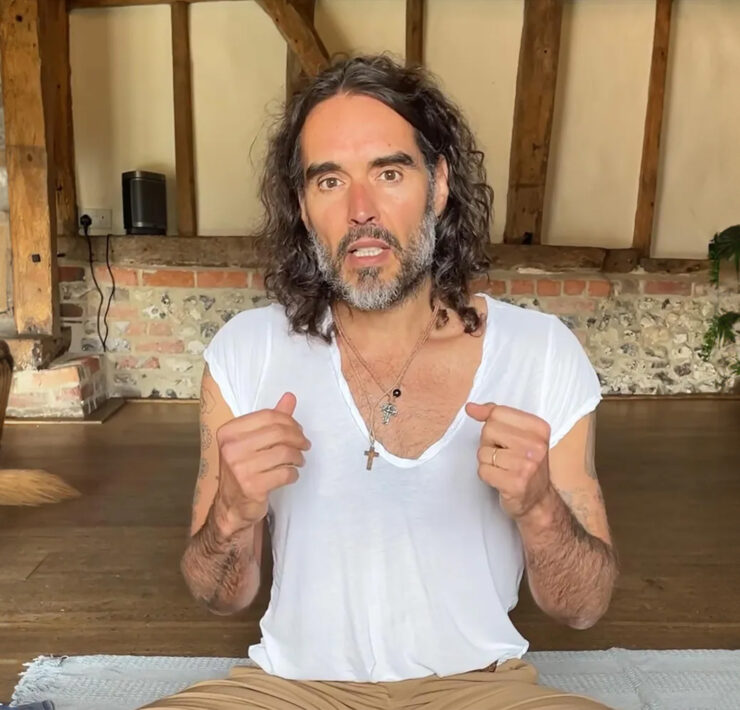Interwoven into any movie is the element of conflict. Without conflict, and its subsequent resolution, we haven’t anything resembling a plot. How storywriters shape the struggle between the sides in a conflict (often “good” versus “evil”) can be a reflection of the worldview they hold.
I wish to offer some philosophical/theological reflections on two of the biggest movies of 2003. I’d like to compare how Matrix Revolutions and Lord of the Rings: Return of the King, define evil, and how they overcame it. Two disclaimers. First, be forewarned that I discuss the endings of these two movies. Second, I haven’t read the Tolkein trilogy, so I’m considering only the movies.
In the original blockbuster The Matrix, Morpheus tells us that the human race will never be free as long as the Matrix exists. Implication? Victory over evil means eliminating “the Matrix”. Imagine our surprise when the third movie does not end with the destruction of either the Matrix or the machines, but rather a truce that will last “as long as it can”. It seems that freedom for the human race is possible without the destruction of the Matrix, contra Morpheus.
In Lord of the Rings: Return of the King, we see a very different ending. The Return of the King ends in the total annihilation of all forces and beings that wished to destroy humanity, elves, dwarves, ents, and so on. It was a struggle that demanded one victor, and only one side was victorious. There were no truces, no peaceful negotiations, and no common ground to be shared by the two sides. One dominated; the other, removed from the face of Middle Earth.
[DEFINING AND DEFEATING EVIL]Despite the polar opposite endings, both stories would claim to have defeated evil. For The Matrix, evil was control. Evil consisted of human beings living their lives unaware of their own prison. The Architect promises that the human beings within the prison will be free to leave, and by implication, the truth about their prison would no longer be censored. “Control” was terminated; therefore, evil was destroyed, though the Matrix and the machines remained.
In The Matrix’ world, “evil” is a product of one’s actions. We learn in Revolutions, that the programs are every bit as human as ourselves, feeling love, lusting after power, and even being willing to negotiate. We meet Sati, a young girl of a program whom the audience is expected to fall in love with. Her doting parents show us a side of the software world we don’t anticipate, a world of compassion, self-sacrifice, and love. There is nothing “evil” about these programs.
Not these ones, perhaps, but the programs controlling the Matrix leave something to be desired. What’s the difference? We know they are all but ones and zeroes, behaving only as they were programmed to behave. Just like humans, some programs’ behaviour is “good”, and others’ is “bad”. A program is good insofar as it behaves in a good manner.
The end of evil behaviour marks the end of evil itself. The vessels of that behaviour are unaffected much like a computer cleansed of its viruses.
In the world of Middle Earth, evil behaviour is a product of evil. Very early in the Fellowship of the Rings we are introduced to Sauron. Through the ring he captivates the hearts and minds of creatures, bending their will toward evil, though their intentions may be noble – as per Gandalf’s refusal to accept the ring from Frodo in the first movie. Throughout the trilogy, we are reminded of two things: the immense power available to the bearer of the ring, and its irresistible tug at the hearts of all creatures. Their own perceived reason to desire the ring – be it noble or corrupt – is irrelevant. For the ring uses those who possess it, not the other way around.
Providing a polar opposite to The Matrix solution to evil, Lord of the Rings ends evil by destroying that which is evil. Evil does not spring into existence the moment one makes an evil choice; evil choices are the product of an evil that is already alive and well within.
[AND, THE REAL WORLD?]Comparing these polar opposites begs us to inquire which story best reflects the reality in which we live. Depending on whom you ask, the cause and effect relationship between evil nature and evil behaviour is not easily settled; which came first, the chicken or the egg? What are interesting to note are philosophical trends that surround the movies. The Matrix has, among many competing philosophies, a strong Eastern theme running through it. Indeed, the most likeable characters in the final movie, Sati and her parents, are clearly not of a “Western” ancestry; they speak of Karma, which is not a “Western” idea. Similarly, the notion of the real world being an illusion resonates an Eastern tone. If we were to find an Eastern solution to the world’s problems, it would likely involve the realization that “all is one”, which is clearly along the lines of the mutually beneficial peace, attained in the Matrix Revolutions.
On the other hand, Lord of the Rings, was written by a devout Catholic. J.R.R. Tolkein’s understanding of evil, that it is the source of our actions, not a product of them, likely stemmed from his biblical worldview. The Bible stresses that evil cannot be destroyed by personal piety or strong will, but by God alone. He destroys the evil within us, and will one day destroy the evil one itself.
As a Christian, I would side with Tolkein’s analysis of evil. As an observer of human nature, I would also tend to that side of the fence. How can one make an evil choice without first having an evil intention? Such debates, however, will surely remain for generations to come.
READ MORE PROGRESSIVE CULTURE | POST COMMENTS BELOW




















